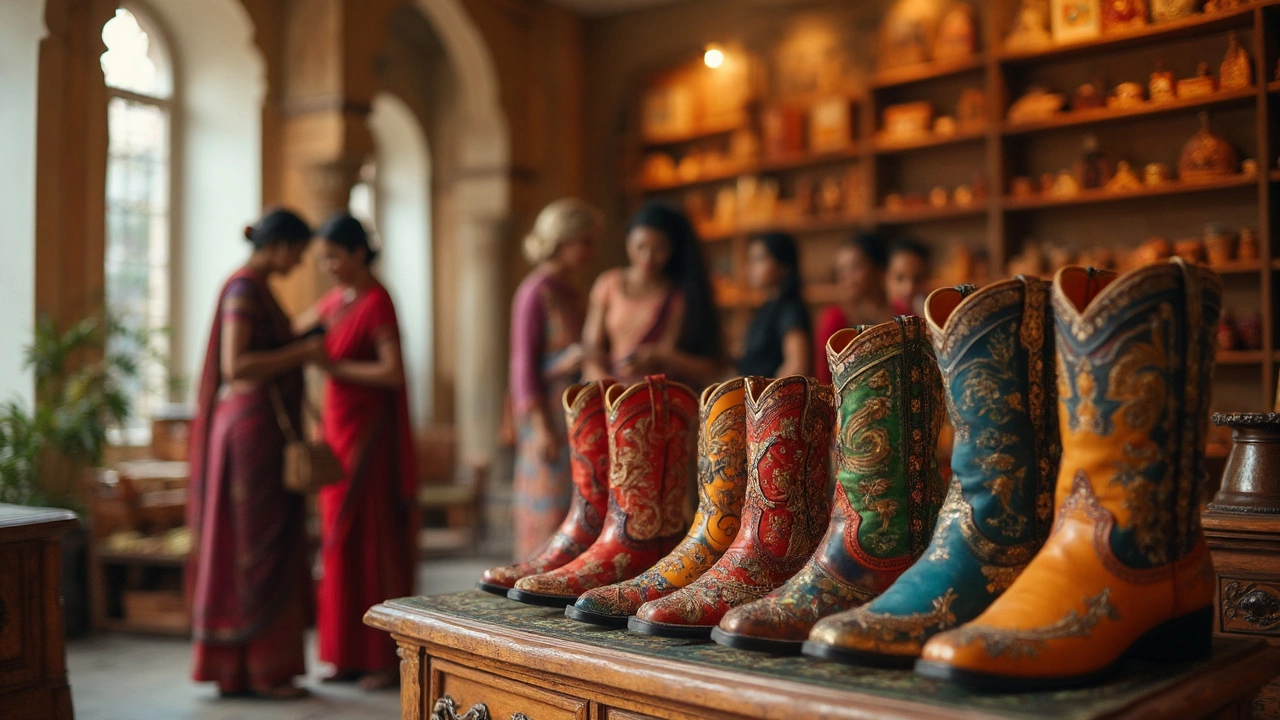Footwear Sizing: How to Get the Right Fit Every Time
Ever bought shoes that felt too tight or slipped off after a few steps? It usually isn’t the brand’s fault – it’s the sizing. Getting a good fit starts with knowing how long your feet really are and how different brands measure that length. Below you’ll find a quick, no‑fluff method to measure yourself, read size charts, and avoid the usual pitfalls.
Measure Your Feet at Home
All you need is a piece of paper, a pen, and a ruler. Stand on the paper with your heel against a wall. Trace the outline of your foot, then measure the distance from the heel to the longest toe. Do this for both feet because they’re rarely the exact same size. Use the larger measurement as your base size.
Once you have the length in centimeters (or inches), add about 0.5 cm for a little breathing room. That extra space stops your toes from feeling cramped when you walk or stand for long periods.
Read Size Charts Correctly
Each brand may have a slightly different chart, but most follow the same basic intervals. Find the chart on the product page and match your foot length to the listed size. If you’re between two sizes, go with the larger one, especially for sneakers or shoes with a roomy toe box.
Some brands also list width options (narrow, regular, wide). If you notice your shoes feeling tight on the sides, consider ordering a wider width. It’s a small change that makes a big difference in comfort.
Don’t forget to check the country’s sizing system. Indian sizes often align with UK sizes, while US sizes run a size up. A quick online converter can save you from ordering the wrong number.
Common Mistakes and How to Fix Them
One common error is relying on the size you usually wear in a different brand. A size 8 in one company could be a size 9 in another. Always measure and compare each time you shop.
Another slip is ignoring the shoe’s purpose. Running shoes need a little extra room for swelling, while dress shoes should hug the foot more closely. Adjust the added space accordingly.
If you’re buying online, look for a clear return policy. Even with careful measuring, the feel of the shoe can differ from the picture. A hassle‑free return lets you try a different size without stress.
Finally, remember that socks add bulk. If you plan to wear thick socks in winter, size up a half size to keep the fit comfortable.
By measuring correctly, checking charts, and watching for those tiny details, you’ll cut down on returns and enjoy shoes that feel great from the first step. Happy shoe hunting!

